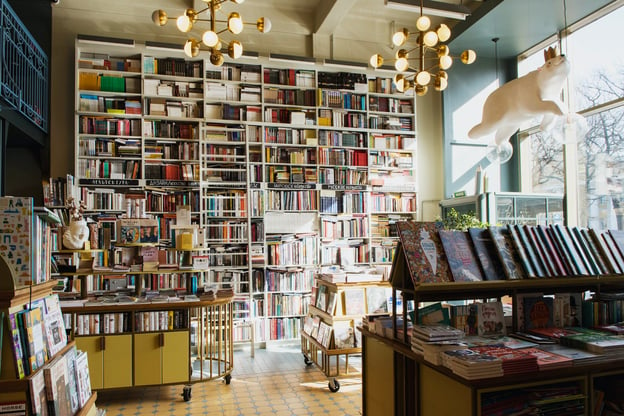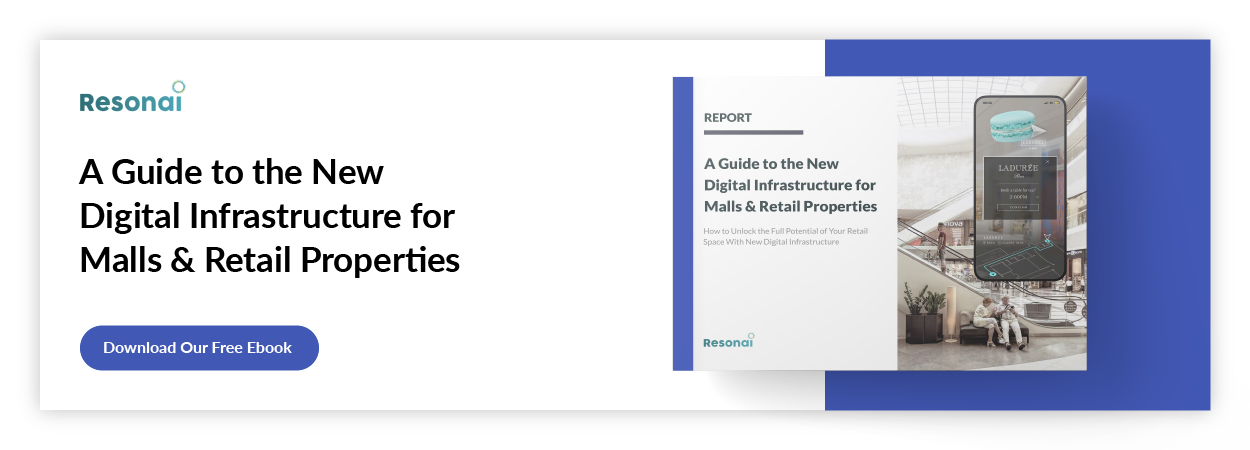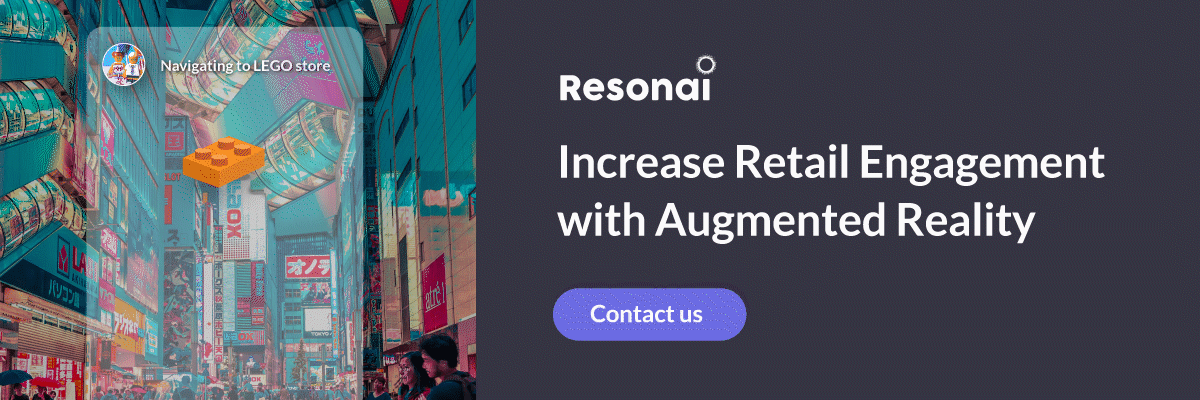9 Small Retail Store Layout Tips, Tricks, and Examples for 2022
Even small aesthetic adjustments can make a big impact on your shop’s performance
 In 2008, Usain Bolt set the record for the 100m dash with a blistering time of 9.69 seconds. While Bolt is incredibly fast, so was the last-place finisher, Darvis Patton. Patton crossed the finish line in 10.03 — a mere three-tenths of a second slower.
In 2008, Usain Bolt set the record for the 100m dash with a blistering time of 9.69 seconds. While Bolt is incredibly fast, so was the last-place finisher, Darvis Patton. Patton crossed the finish line in 10.03 — a mere three-tenths of a second slower.
In sprinting, winners and losers are often separated by the narrowest margins. And the same is true in retail.
In this intensely competitive space, even minor adjustments to your floor plan can make an enormous difference in performance. Here’s how to maximize your earnings by optimizing your small retail store layout.
Jump to a section…
Top 3 store layouts for small retail spaces
3 small retail store layout tips for maximizing sales
Highlight top-performing items
3 examples of compelling small retail store layouts
Winning the battle for customer attention
Top 3 store layouts for small retail spaces
Research indicates that finding the right layout for your retail store can boost your business's sales performance and the loyalty of your customers. Smaller shops in particular need to make the most of the limited space available to them, but may find it challenging to settle on the best layout. The straight, free-flow, and angular layouts have all proven to be particularly effective for smaller shops.
Straight
Also called the spine layout, this pattern features a main aisle that runs across the entire floorspace, often taking visitors from the shop’s entrance to its back. Especially popular with smaller markets and department stores, the straight layout is excellent for driving traffic deep into the store, featuring specific products, and making your customers feel comfortable. It also has the advantage of giving visitors a clear path without constraining them.
That said, the primary aisle can also monopolize traffic — preventing customers from discovering items just off track — and the layout’s familiarity can be underwhelming.
Free-flow
The free-flow layout doesn’t have any strict requirements, other than that visitors should feel free to move however they want through the space. Instead of clear directions or paths, a free-flow layout inspires customer browsing choices through aesthetics, design, and displays. This layout can be exciting to visitors if thoughtfully executed, which is easier to do in limited spaces. This potential is one of the biggest reasons it’s become a top small retail store layout.
But this benefit has a flipside: If care isn’t taken, a free-flow layout can confuse or even frustrate visitors by accidentally creating chokepoints.
Angular
The angular layout is essentially a variation on the free-flow pattern, only it entails using angular or rounded tables, displays, and other design elements to circulate visitors within a given space. This laid-back yet elegant approach to small retail store layout is a favorite of high-end shops. The angular layout offers customers freedom while allowing businesses to grab their attention with compelling, stand-alone product displays.
Like the free-flow layout, however, that freedom can create confusion, so retailers should invest extra time in the testing phase.
3 small retail store layout tips for maximizing sales
Use AR to boost engagement
Augmented reality (AR) — the projection of virtual objects onto real world environments — is one of the fastest-growing technologies in retail. One of the key draws of AR for this industry is the ability to easily try out different layouts or arrangements before store managers commit to physical adjustments to the space, saving them time, money, and effort. Read our ebook, A Guide to the New Digital Infrastructure for Malls & Retail Properties, to learn more about how this technology can enhance your retail business:
Highlight top-performing items
Limited floor space has its drawbacks, but the restriction can make it easier to direct customers towards particularly lucrative items. Review your product performance analytics to find your best-selling items, then come up with displays that highlight their popularity and give them pride of place within your shop. If you’ve chosen a free-flow or angular layout, these displays should work with your customer flow model. If you do this well, you can reap the sales rewards of the best-seller effect.
Double down on design
A recent study of 2000 American consumers revealed that 60% avoid buying from businesses with unappealing logos — regardless of the quality of their customer reviews. While some retailers may consider subtle aesthetic adjustments a waste of time, findings like these demonstrate the enormous revenue benefit of an obsessive focus on design. In this industry, style is substance, so ensure you're allocating ample resources to optimizing every visual element of the customer experience.
3 examples of compelling small retail store layouts
Richard Mille
High-end Swiss watchmaker Richard Mille earned significant press coverage with the launch of its creative Paris boutique. The shop’s open, free-flow layout and twisting floorplan demand attention, as does the space's arresting use of color. The shop’s few but remarkable displays add to the aesthetic appeal: Each reinforces the futuristic look of the location while contributing its own design flourish. This layout is an excellent source of inspiration for smaller retailers with a limited set of items.
Decoration One
Decoration One’s Aqaba location is another example of a small retail store layout done right. Deploying an angular pattern, this store leverages a variety of round tables, sloped brick partitions, and spectacular lighting to highlight its ornate homeware and decorative items. One of the most interesting design choices Decoration One made for this store was the emphasis on materials: From the bio-bricks used for the partitions to the soft blue tile sales counters, every aesthetic component reinforces a sense of care and craft.
The Body Shop
Much like the Decoration One store, a Vancouver concept store recently launched by the Body Shop has a singular dedication to theme that helps create a memorable experience for visitors. Built around the concept of sustainability, the store has many unique features, including an activism area and refill stations for customers’ water bottles — and beauty products. These focal points give the shop’s wide open, free-flow layout a degree of structure, creating a good sense of balance for visitors.
Winning the battle for customer attention
According to research by IBISWorld, there are over 150,000 small specialty retail stores in the US alone. With so much competition, small retailers cannot afford to play it safe with their store layout: Anything short of excellence is a losing proposition.
This is why many retailers use AR to provide their customers with an innovative and engaging experience. Read our guide to learn more about how this technology can upgrade both your space and your customers’ experience.
Subscribe to Our Newsletter!
Read More
5 Considerations for a Small Shopping Center Design
Retail has rebounded significantly since the beginning of the COVID-19 pandemic. Occupancy rates...
How a Grid Store Layout Affects Retail Sales
There’s a wide variety of potential store layouts, but the grid store layout has long been the most...
How Retail Store Architecture Affects Sales
Retail experts and customers alike know that a store is more than the contents of its shelves. The...

